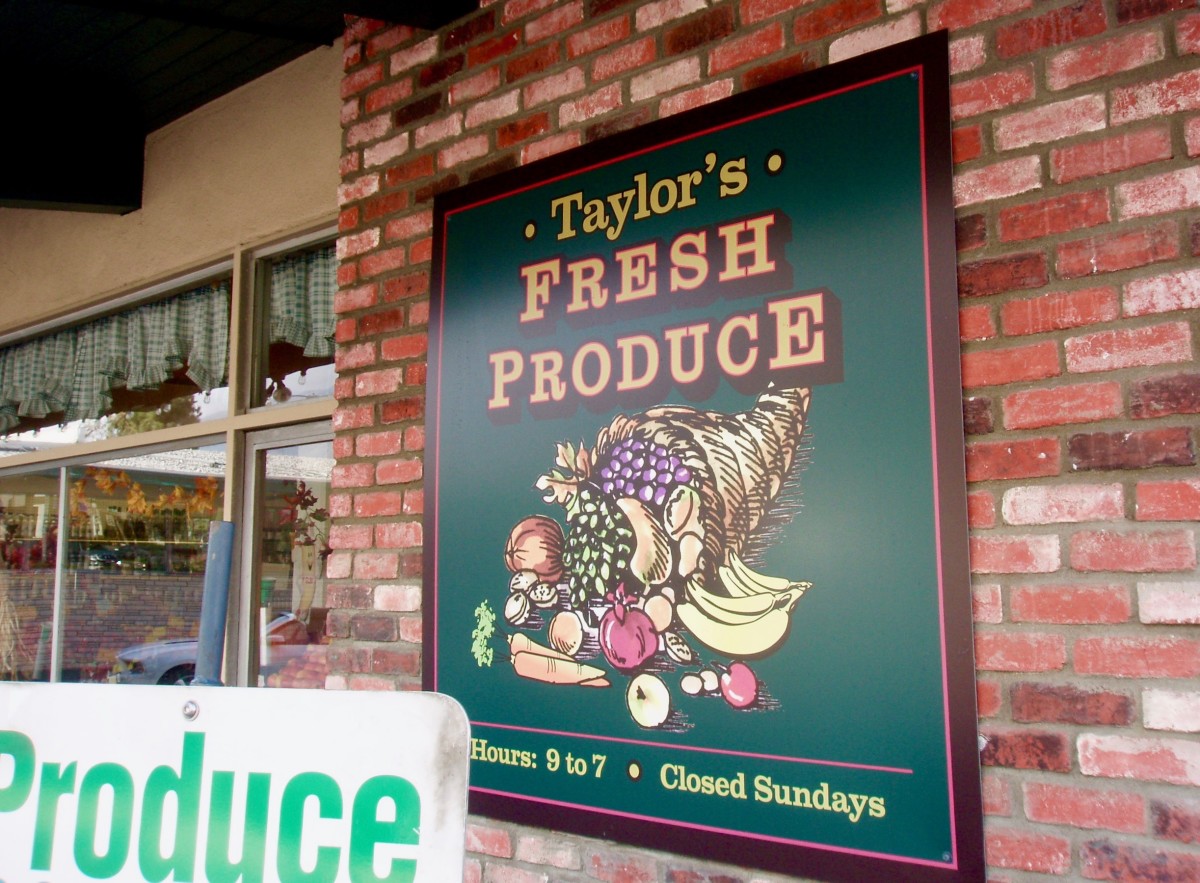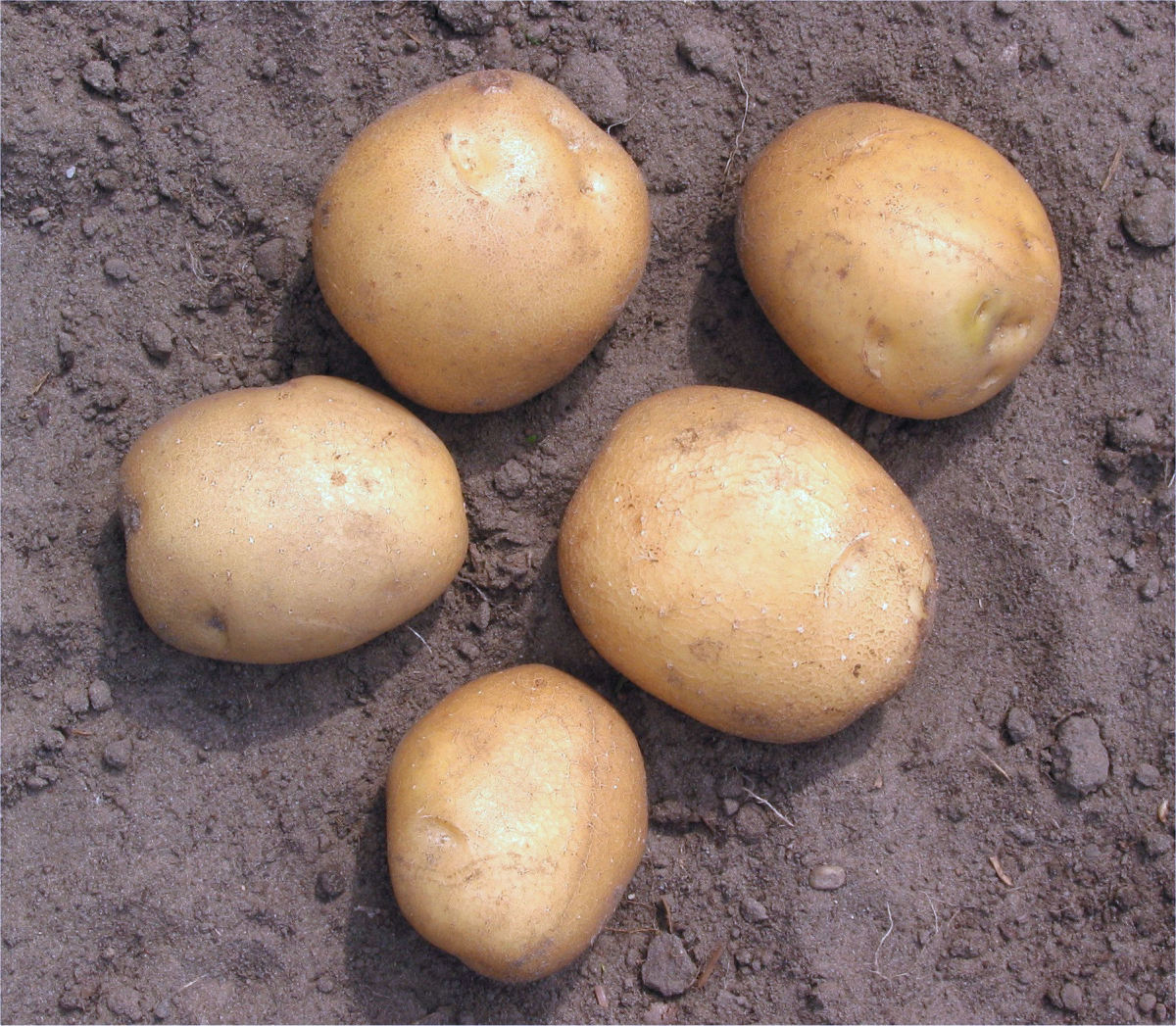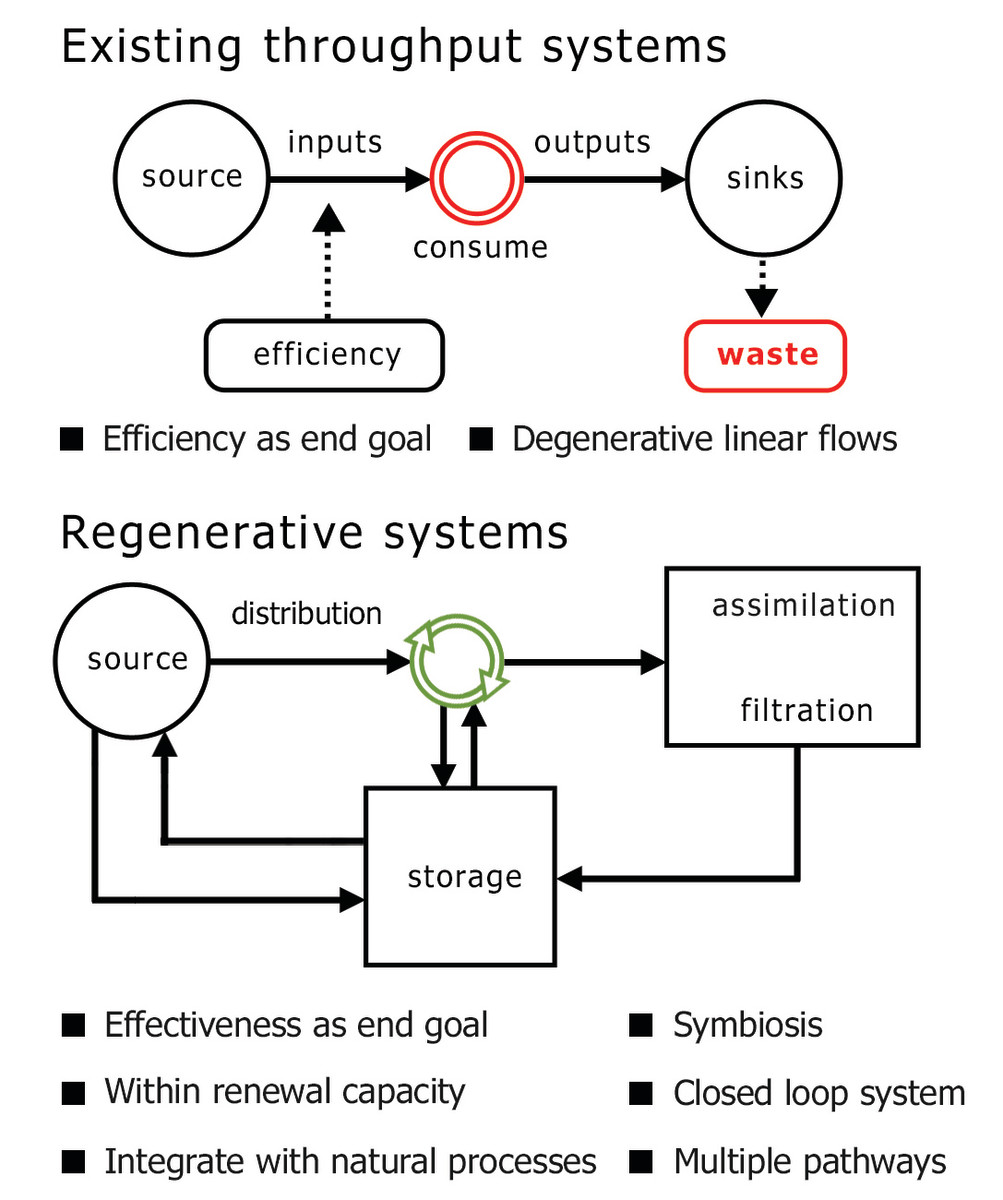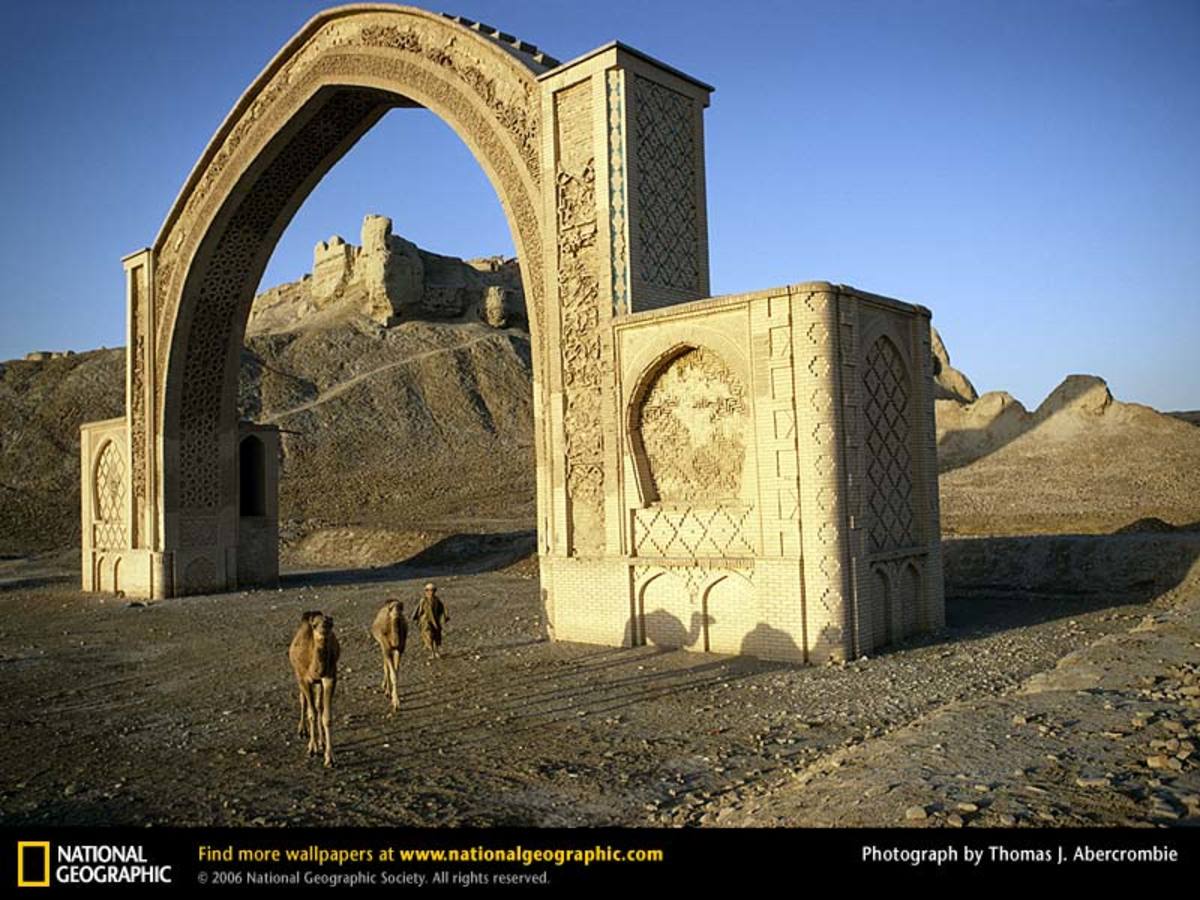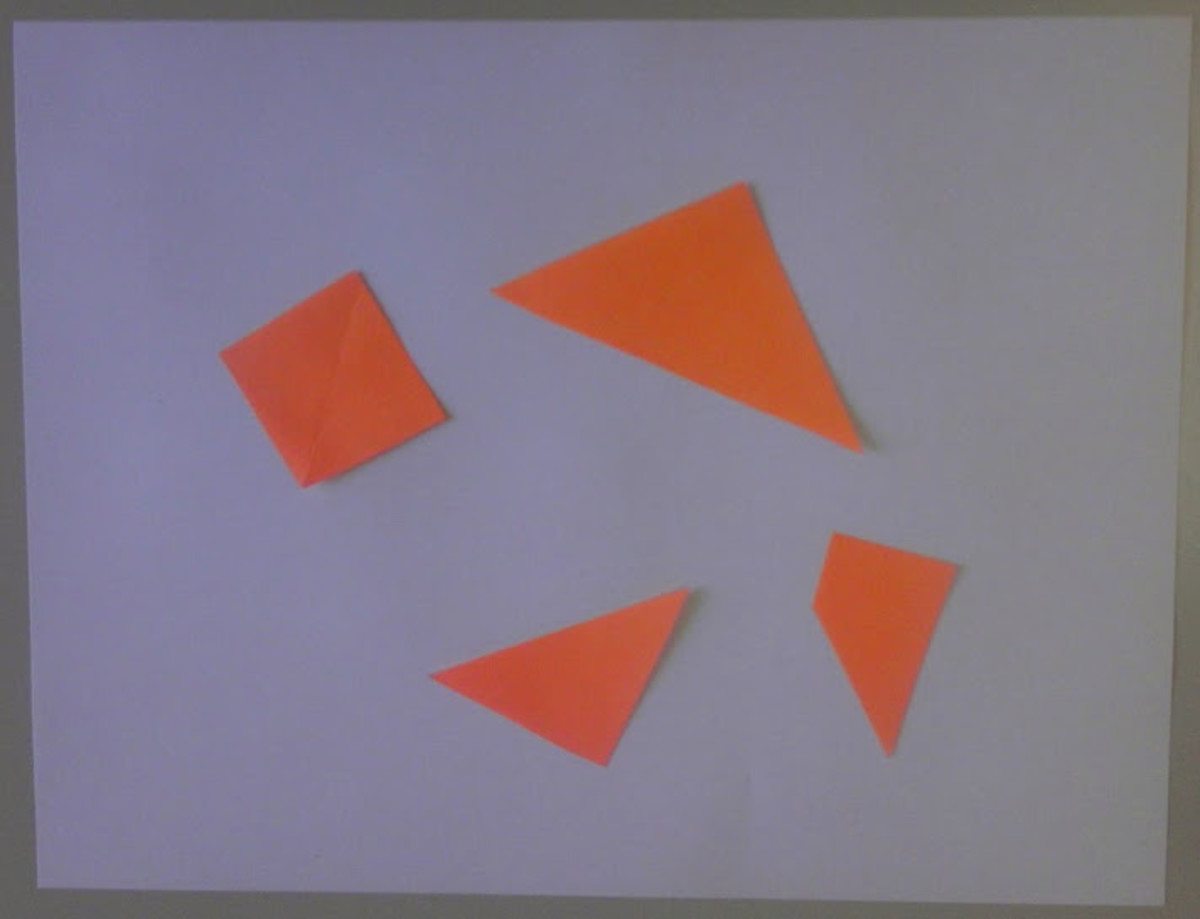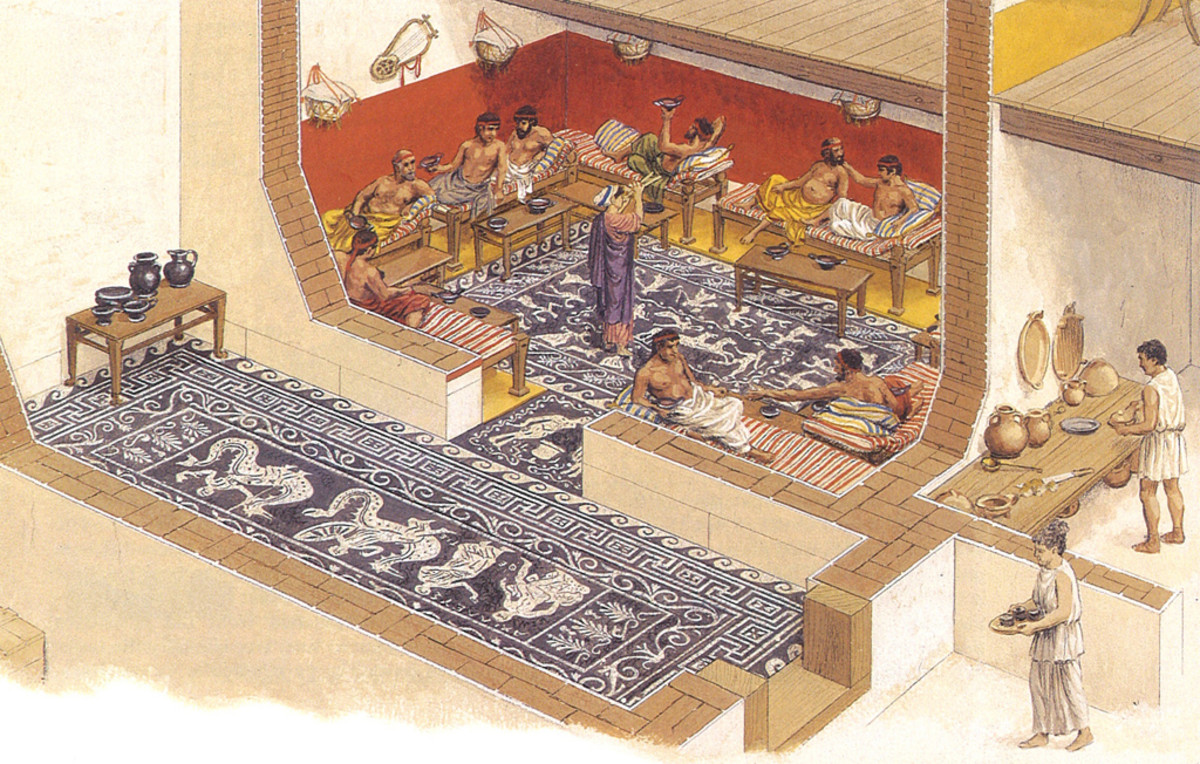Sustainability 5: Costs

When first introduced to concepts of environmentally-friendly or sustainable design in architecture, many initially believe there are substantial costs to be incurred.
There are, however, many sustainable design practices that can not only reduce initial costs, but can also improve eventual returns. For example, designing a building to be more dense and compact can reduce both the overall costs of initial materials, labor and construction, and the long-term costs of the structure’s heating, ventilation and air conditioning. Limiting the land area consumed by structures and parking will limit both the costs of their initial development and construction, and the continuing expenses of their maintenance.
When sustainable design practices are deemed to be more costly than traditional design practices, it is often because total life-cycle and continuing costs are not taken into account. Sometimes this is due to an original developer or builder being other than a project’s long-term user; the originator of the project may see no advantage in paying more up front, to achieve savings that accrue over the long haul to someone else.
In many cases, it is the larger society that ends up bearing the true ‘costs’ of a design choice. For example, while it may appear easy and inexpensive initially to fell a grove of trees to build a lodge, hidden costs may become apparent when rainfall washes away topsoil, fouling surface water, preventing the planting of crops, or destabilizing a nearby roadway. And, though it may seem cheap at first to power vehicles with combustion engines fueled by petroleum derivatives, the resultant costs of dirty air, fouled lungs, traffic congestion, and dependence on imports may substantially alter the overall societal ‘cost’ equation.
In recent years, advances have been made in life-cycle costing and analysis to more properly address the sum total of costs and benefits of various design choices. In addition, the concept of ‘embedded energy’ — in which one measures, for example, all the cumulative energy that has been consumed to mine, process, refine, smelt, cast, shape and deliver a steel beam; its embedded energy — has allowed for much more accurate tallies of the true costs of various design and construction materials and processes.
Many may argue about the particular or comparative cost of this or that — a gallon of fuel, a quart of pond scum, a cord of wood, a kilowatt hour generated by wind. My intent here is not to assess absolute costs or to make specific judgments about which costs are tolerable or are best to bear. My intent is to merely point out where costs might lie, and to suggest design features that might sway such costs one way or another.
I ask such questions as: Is there a cost to society in lost green space? How many jobs does a certain design process create or support? Is clean water of value? Does our tax structure favor sustainability? Should we care whether a variety of plant species is sustained for future generations? Can we afford polluted air? Can we do without small woodland creatures? Can we do without small businesses? How can we sustain human society, and our only Earth, with the greatest efficiency, utility and economy?
In successive articles, I try to provide, if not answers, at least some enlightenment.
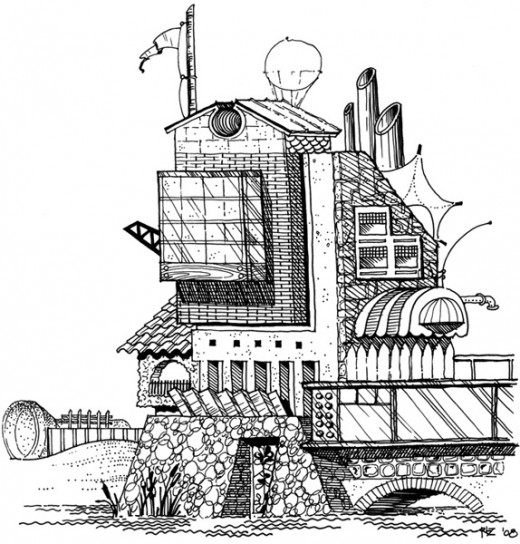
- Sustainability 2: The Universality of Design
Think you've not got much in common with an urban planner, architect, designer or developer? Well, think again. - Sustainability 6: Population
Rays of hope One of the prime movers of the world’s sustainability crisis is its population. The more mouths to feed, the more thirsts to quench, the more children to clothe and educate, the more families to house, the more sick and infirm to... - Sustainability 10: Density
To many, it seems counter-intuitive that packing the globe's inhabitants more tightly might actually be good for the planet's sustainability, but it's a fact. - Sustainability 13: Transit-Oriented Developments (TO...
Conserve precious water The sustainability of our cities and towns can also be enhanced through the creation of Transit-Oriented Developments (TODs). Quite simply, a TOD is any MXD centered about a transit facility or node: a subway station, train... - Sustainability 47: Green Labeling
Label him green? With the world’s ever-increasing concentration on environmentally sound green design and sustainability, there has been an ever-increasing set of green design standards, guidelines, certifications and labeling. Here are some of... - Sustainability 48: the environment
We're all in this together The movement toward sustainability is a direct descendant of the social movement of environmentalism. And environmentalism, far from being a new phenomenon, has been with mankind for more than a millennium. The first... - Sustainability 50: Earth Day
Love this Earth? Little did I know, as I helped assemble display panels on environmental issues on a campus quadrangle in the spring of 1970, that I was taking part in launching a sustainability event that would resonate around the globe ever more... - Sustainability 54: The Kyoto Protocol
Let's clear the air The Kyoto Protocol has for years been a lightning rod to anyone discussing climate change and Earth’s long-term sustainability for humans. To green advocates, it represented a best first step forward in mitigating man’s... - Sustainability 69: Solid Surfaces
Solid Surfaces In our striving for sustainability, we are essentially pursuing four major goals: 1) maintaining our health and that of others, while 2) reducing our consumption of renewable as well as non-renewable natural resources, such as fuel,...

